In late 2020, PA SHPO launched an ambitious, large-scale architectural survey called the Pennsylvania Baseline Survey, with a goal of adding approximately 27,000 new resources in 52 different counties over three years. In Year One, over 7,000 new records were added to PA-SHARE – just from Baseline Survey! Read on to learn about a few of the interesting finds…
About PA Baseline Survey
The Pennsylvania Baseline Survey aims to collect the minimum amount of locational, physical, and photographic data about previously undocumented historic properties. A previously undocumented historic property is any place that is forty years of age or older and is not already recorded in PA-SHARE. More information about our ongoing efforts can be found on the Baseline Survey webpage.
Fifty-two counties have been selected for survey based on the number and distribution of recorded historic properties in the PA SHPO’s records. An architectural survey of this scale has not taken place in Pennsylvania in over four decades.
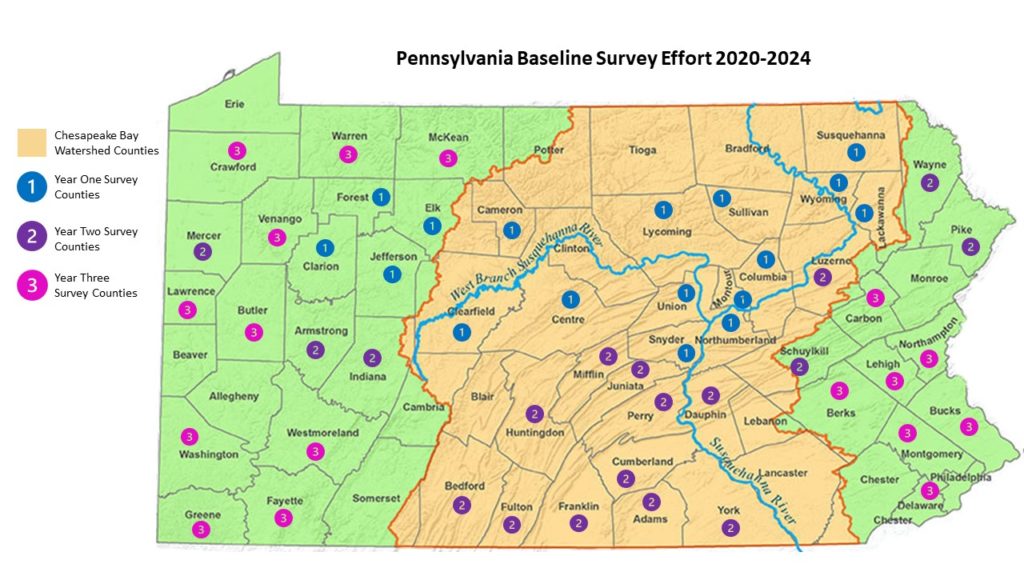
Because surveys of this scale are normally costly, time-intensive endeavors, PA SHPO has worked to streamline the process to record baseline-level information necessary to document a historic property. This includes modifying the traditional report-style deliverables to a form-based deliverable and asking consultants to use the PA-SHARE suite of products, which effectively digitize the entire survey process.
The Pennsylvania Baseline Survey targets specific counties and municipalities in order to distribute our time and attention to where further study of architectural history is needed most in Pennsylvania. The Pennsylvania Baseline Survey also prioritizes certain types of properties in these locations. These have been organized into Group 1 and Group 2 Priorities. For Year One, Group 1 priorities include the following:
- African American Churches
- African American Cemeteries
- African American-Associated Properties
- Properties associated with ethnic groups
- Properties recommended by community stakeholders
Group 1 priority properties are intended to be located across the entire county. Group 2 priorities are intended to be located in municipalities (boroughs, townships, and cities) targeted by the Pennsylvania Baseline Survey Team as needing more information. In Year One, Group 2 priorities include the following:
- Recreational Resources
- Industrial Resources
- Urban Development Resources
- Fraternal Organization Resources
- Mid-20th Century Commercial Resources
- Mid-20th Century Residential Resources
- Local Vernacular Commercial Resources
- Local Vernacular Residential Resources
To prepare for field work in each county, survey teams consulted primary and secondary sources to assist in locating properties from Group 1 and Group 2 priorities. Resources such as Sanborn Fire Insurance Maps, historic aerial imagery, the Negro Motorist Green Books, yearbooks, newspaper periodicals, and the United States Census were used. Summaries of the census findings for counties we have surveyed can be found at the bottom of the Baseline Survey webpage.
Information gathered through this baseline survey effort will help the PA SHPO prioritize future survey as well as create guidance for identifying and evaluating historic properties.
Community Input
Though the impacts of the COVID-19 pandemic restricted our ability to gather and host outreach events in person, we did try to identify and contact as many stakeholders as possible across the 17 counties surveyed during Year One.
A stakeholder is a person or organization identified by the Pennsylvania Baseline Survey staff as likely to have information on the prioritized historic resource types or general knowledge of their communities. There is only so much information we can glean from research, and we hoped to use this community outreach to locate and prioritize places that Pennsylvania Baseline Survey communities truly cared about.
We identified 439 potential stakeholders from a variety of organizations across the different survey counties. Stakeholders contacted includes those typically involved with historic preservation projects, such as Certified Local Governments (CLGs), local history nonprofits, and municipal planning departments. Efforts were made to locate and contact representatives from churches, ethnic clubs, recreational clubs, and municipal organizations.
Stakeholders were contacted via email or phone and invited to participate in a web survey to share properties of different types that the Baseline Survey would be targeting. The web survey link is also on the Baseline Survey webpage for the public to participate and calls for stakeholder input were also made through PA SHPO’s newsletters and this blog.
Year One stakeholders suggested 114 properties or geographic areas for survey, provided by 32 respondents, across all five contract areas. Respondents included organizations such as Lycoming College, the Lycoming County Historical Society, Nicholson Borough, Forest City News, Carbondale Historical Society and Museum, the Bellefonte Historic Preservation Foundation, McClure Borough, and Johnsonburg Borough, to name a few.
Of the 114 properties suggested, 79 were surveyed. Stakeholder suggestions were not surveyed if a property had an existing, detailed record in PA-SHARE or a property was located on state or federal-owned land, such as state parks.
Year One Results
The Pennsylvania Baseline Survey project team is excited about the findings in Year One:
- 17-county survey area
- 303 municipalities had at least one new resource recorded
- 7,063 new resources added to PA-SHARE
- 288 Group 1 resources identified
- 24 Group 1 resources recommended for further study.
To recommend a property for further study means that deeper research into the property’s history is needed, but the field staff that surveyed the property believe it could be eligible for the National Register of Historic Places, provided that research is completed.
Lycoming County
The Ohev Sholem Congregation Cemetery was established at the turn of the 20th century as a burying place for Ohev Sholem congregants based in Williamsport.
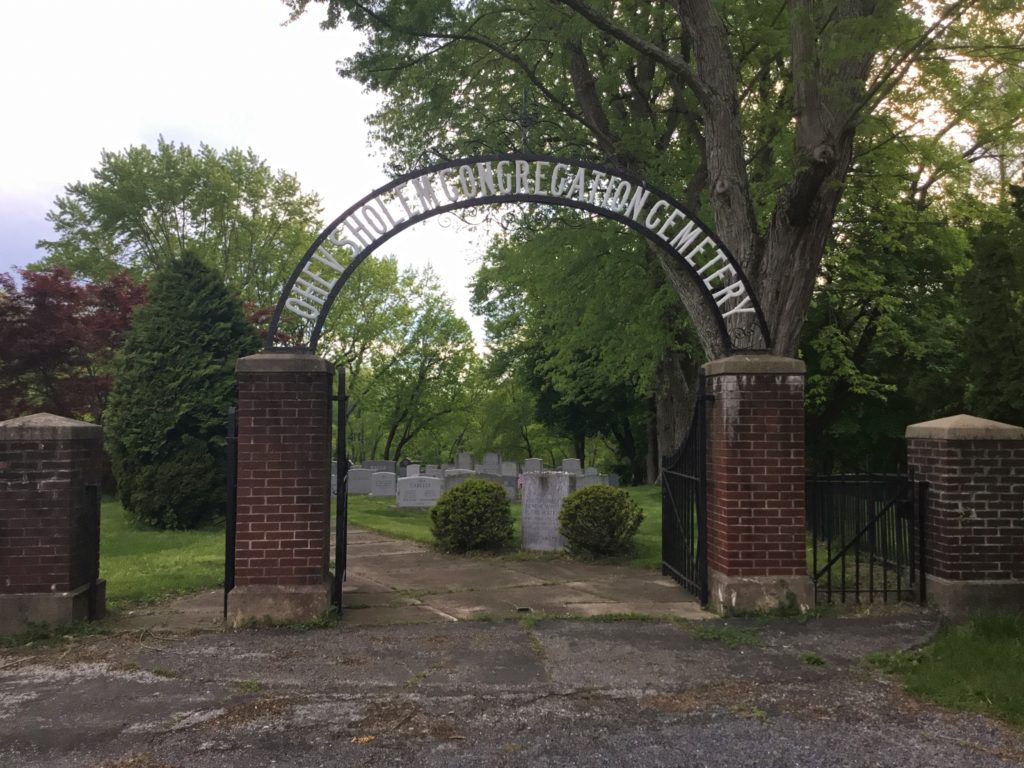
There are a number of sites purported to be stops on the Underground Railroad in Lycoming County, predominantly in Muncy Township. Here are a handful recorded through Baseline Survey:
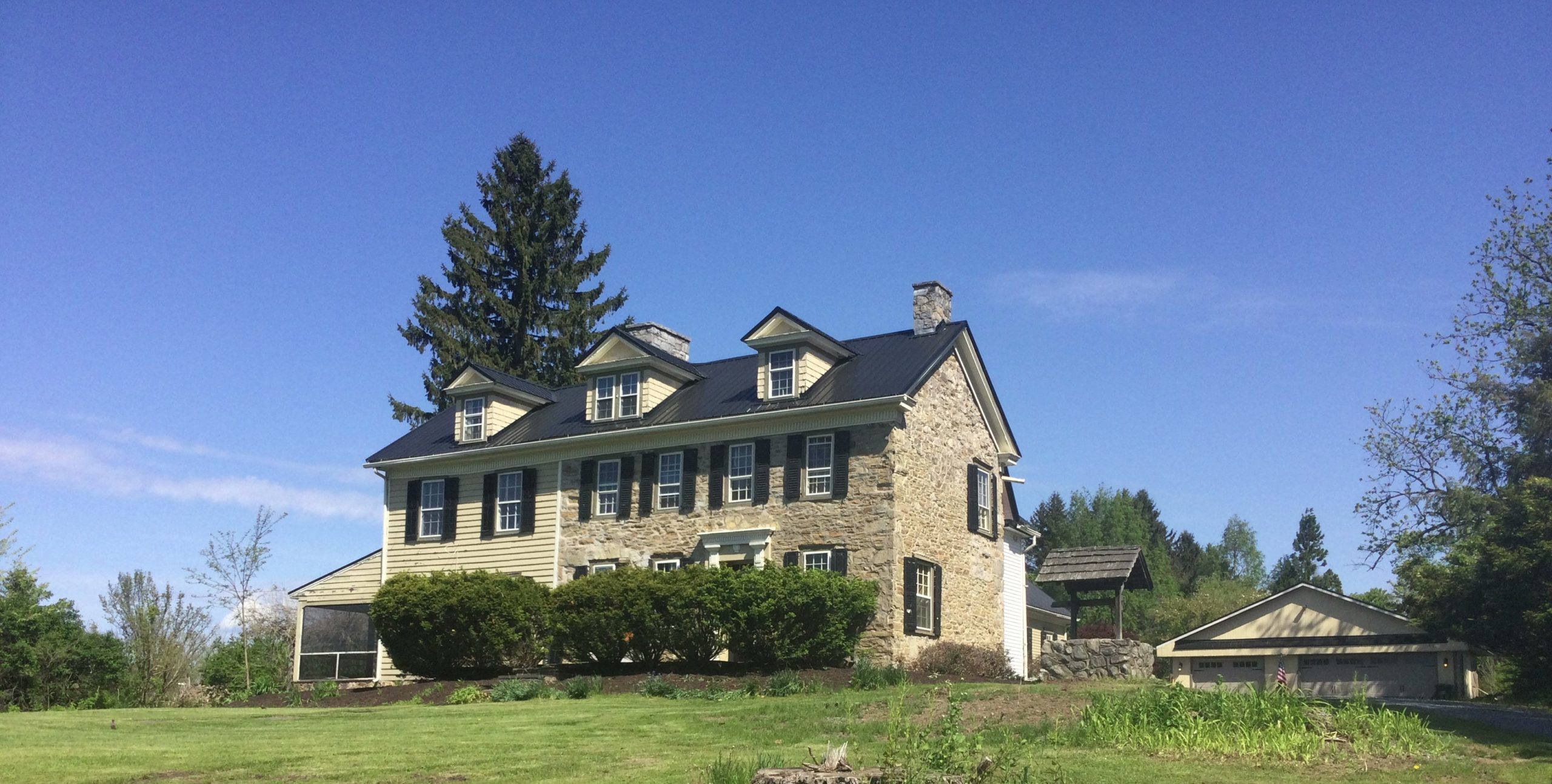
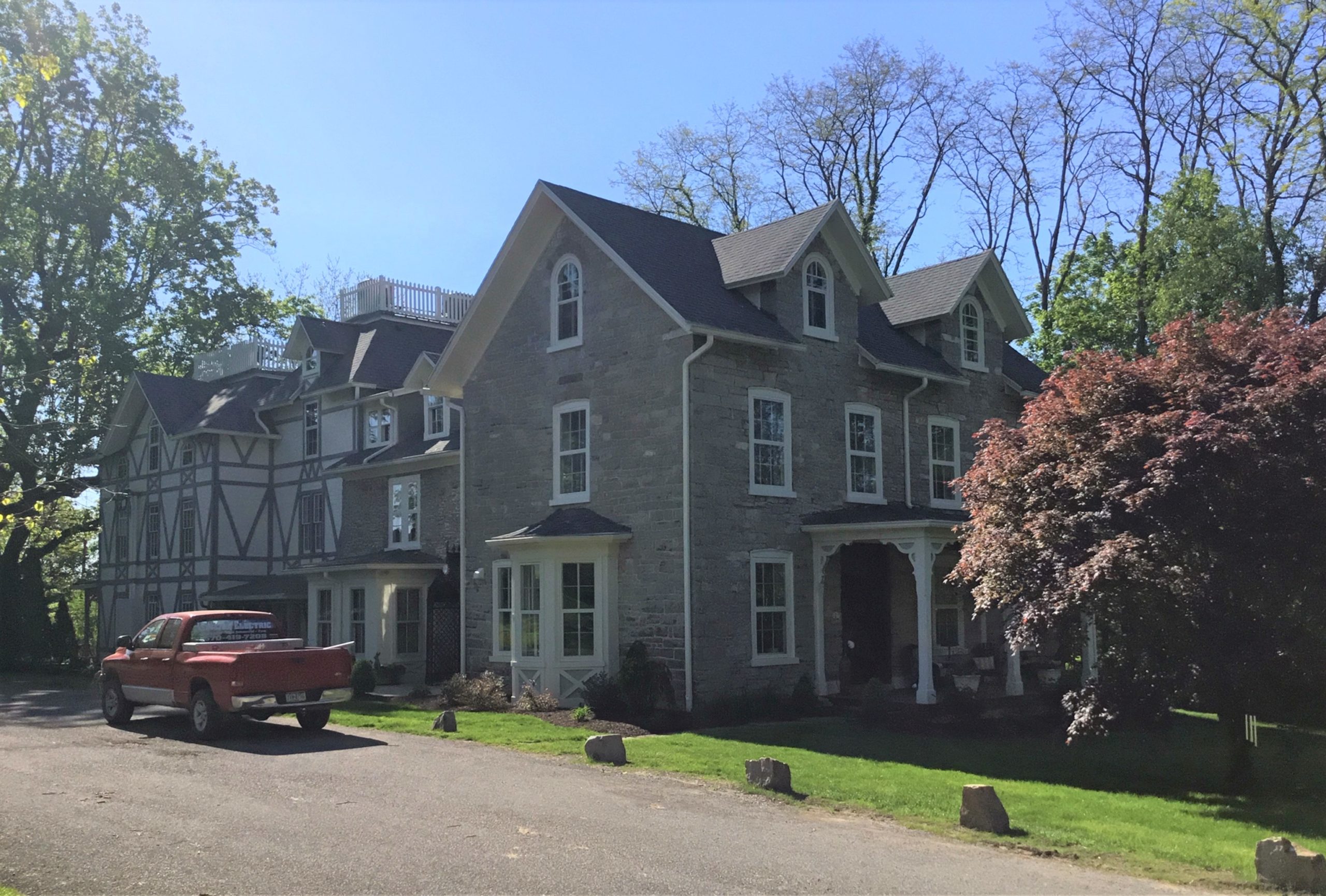
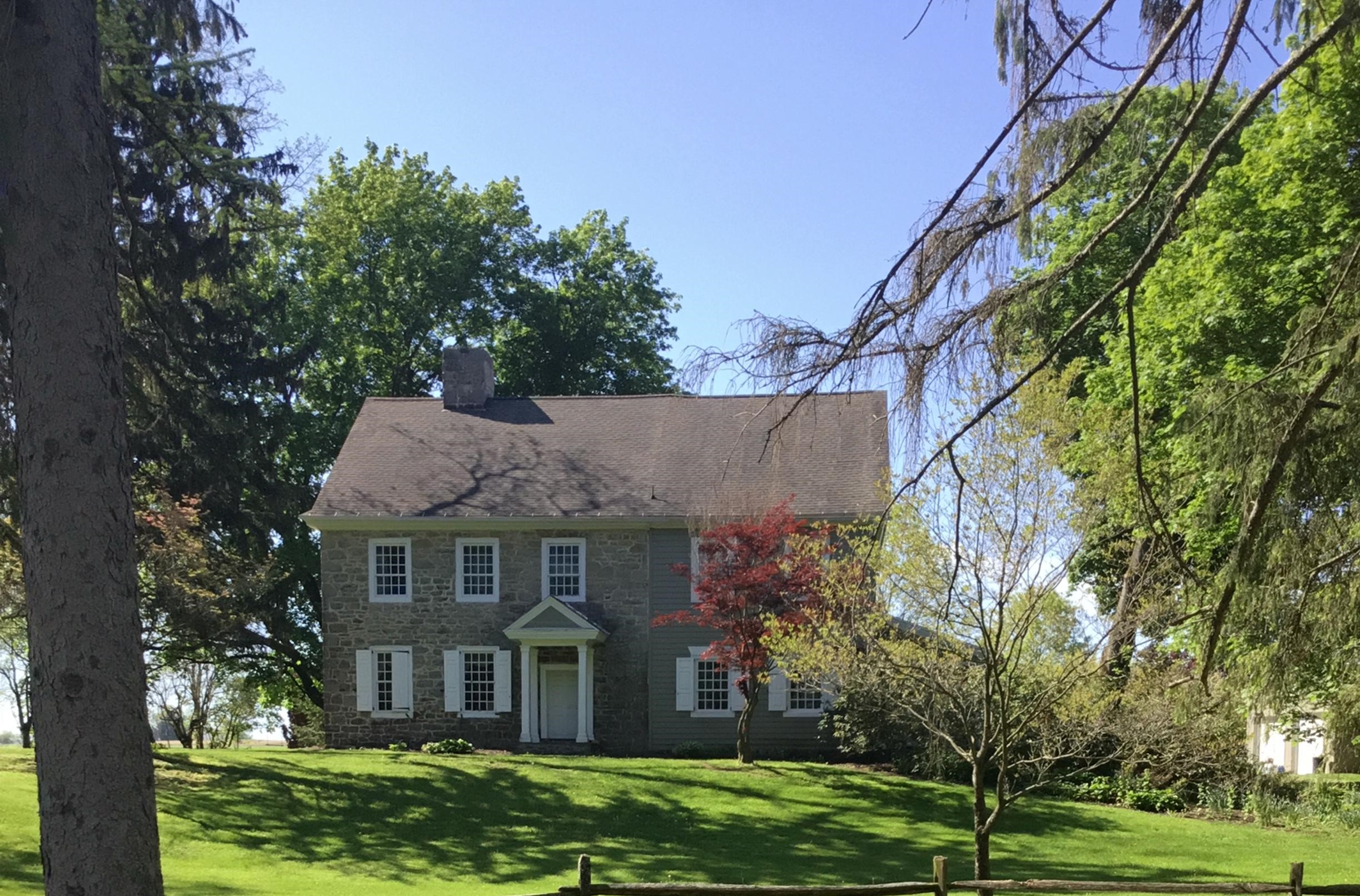
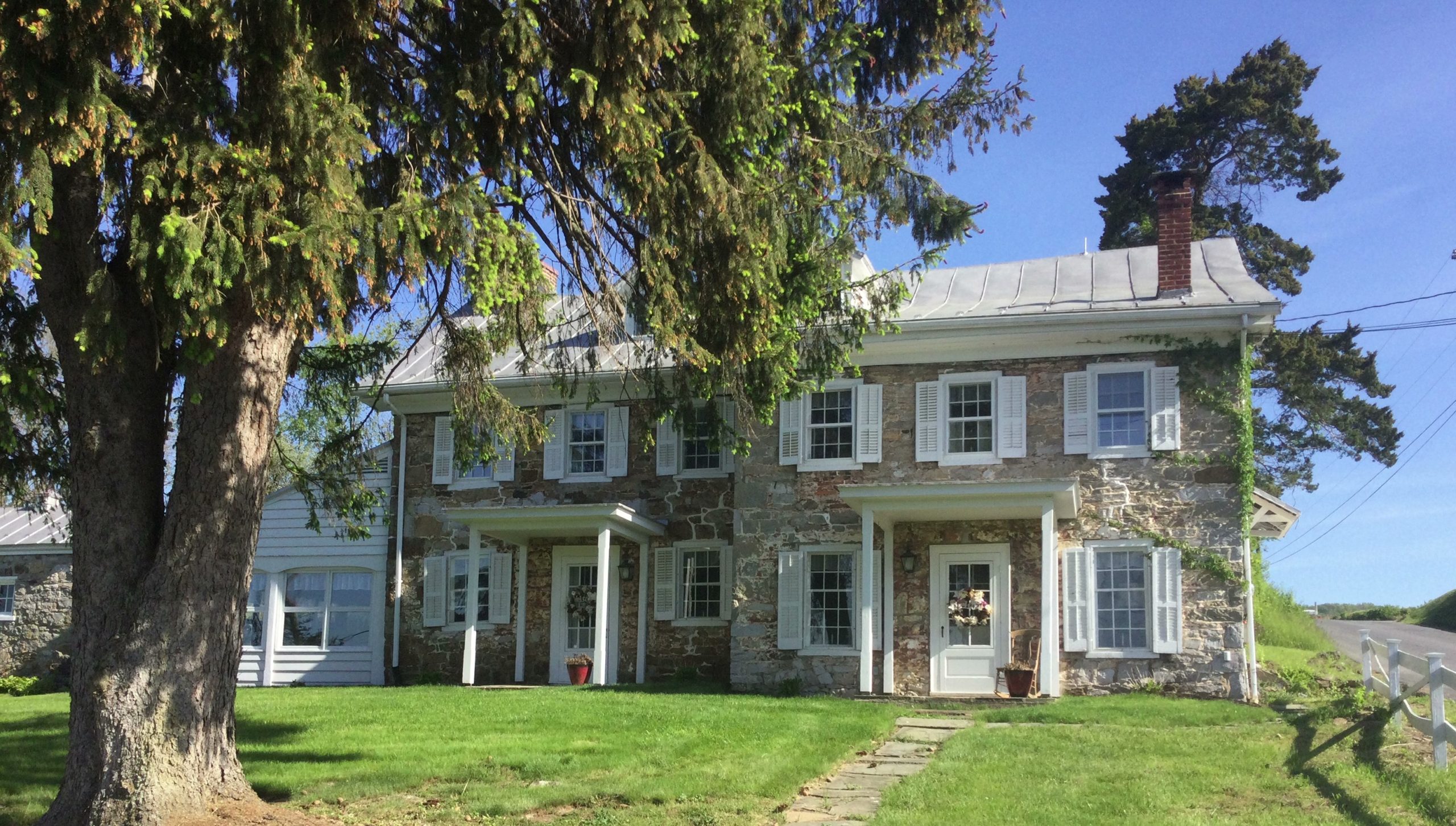

Sullivan County
St. Vladimir’s Orthodox Church in Lopez was established in 1907.
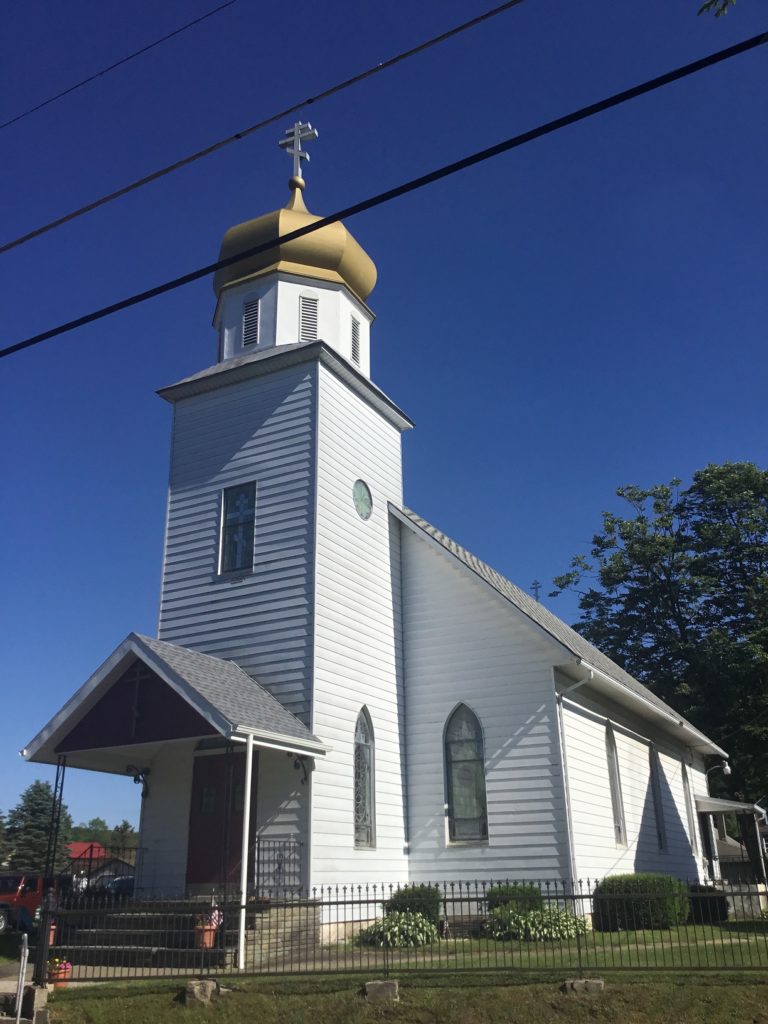
Lackawanna County
St. Nicholas Greek Orthodox Orphanage/Gregory the Great Academy Complex in Elmhurst Township was established in 1923 and contains a school building, tower, barn, and a private residence on the property.
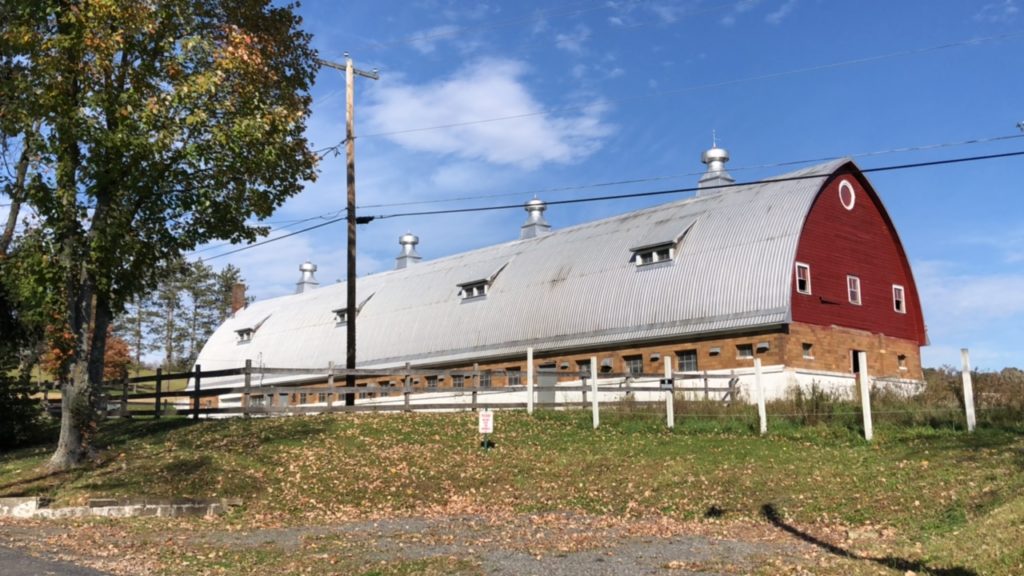
The Waverly African American Episcopal Church was established in 1850 and is one of the oldest African American churches in Lackawanna County. It has since been converted into a private residence.
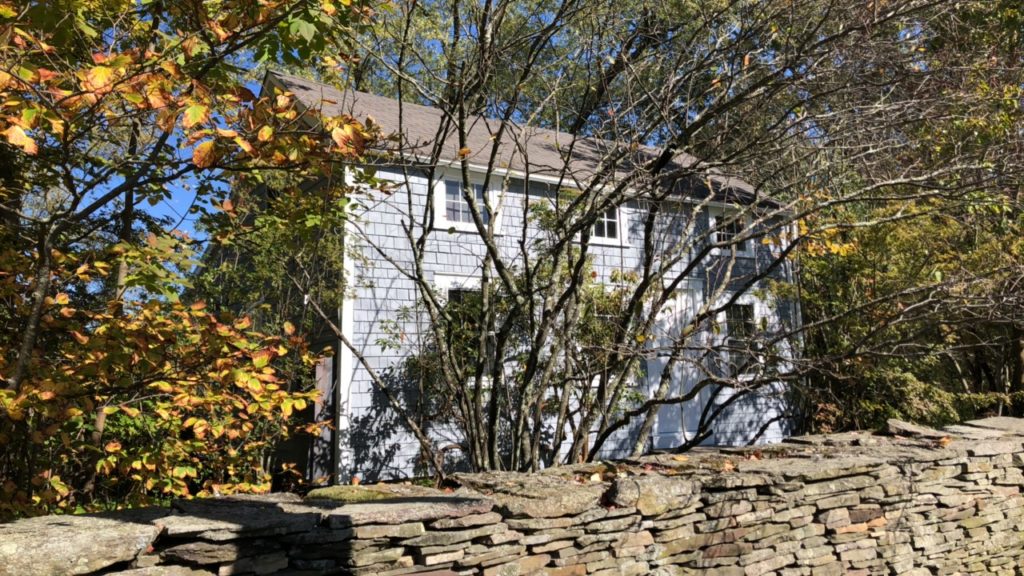
Wyoming County
The Howland Preserve is a former agricultural homestead in Washington Township that has been adapted into a nature preserve.
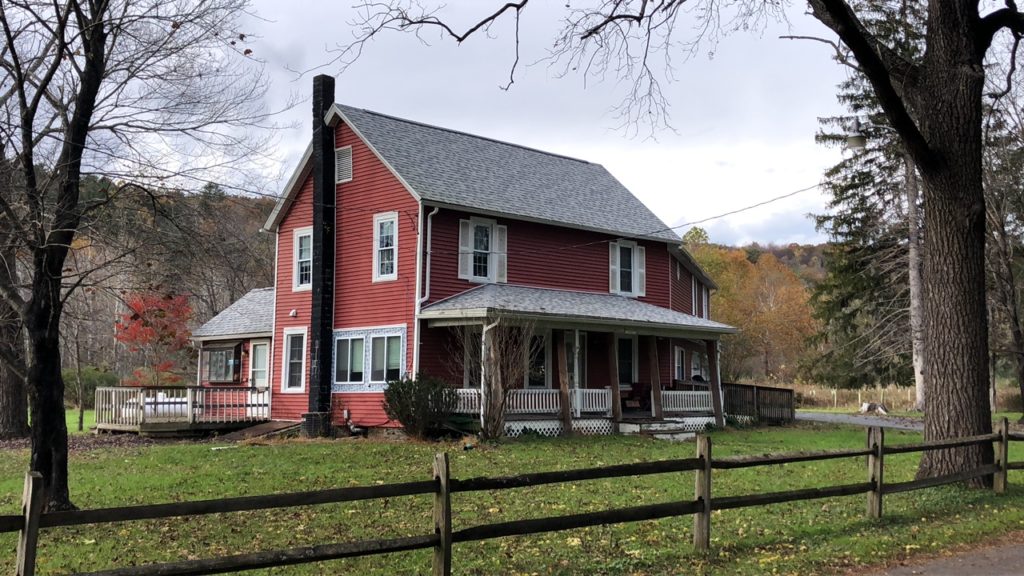
Centre County
Sunnyside Paddle Park is a slalom kayak/canoe paddling course over Spring Creek in Bellefonte, established in 1970.
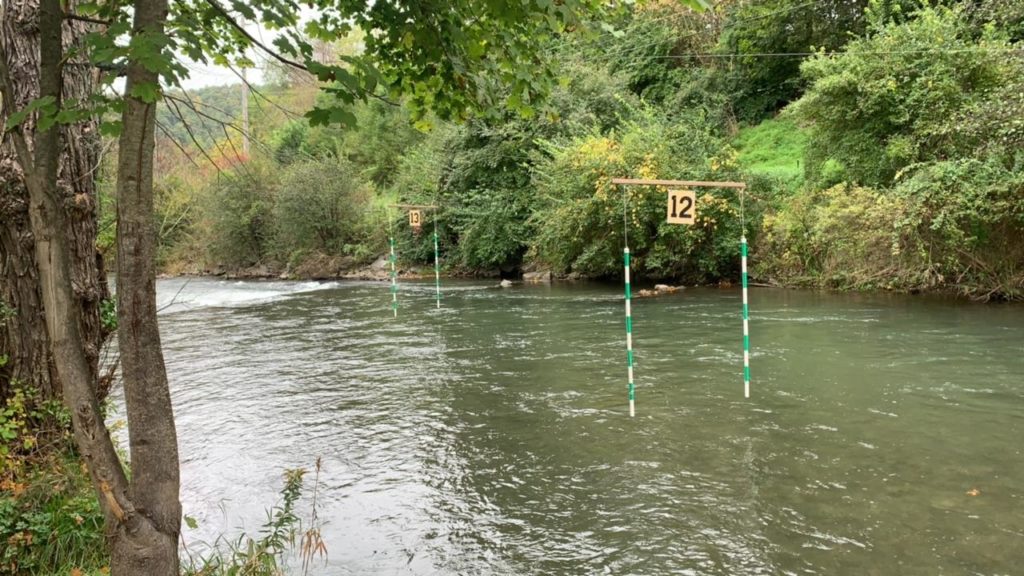
The Millheim Borough Building was constructed in 1920 as the East Penns Valley High School.

Columbia County
Saints Cyril and Methodius Ukrainian Catholic Church in Berwick was constructed in 1967.
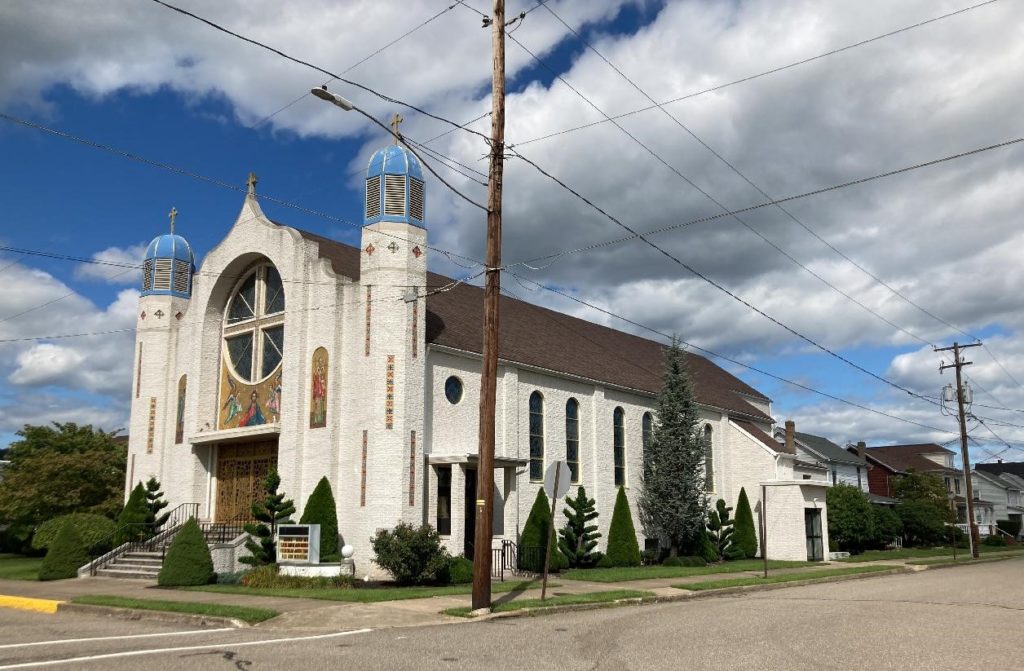
Montour County
The Basilica of Saints Cyril and Methodius was constructed in 1939 with the assistance of the Slovak congregation it serves.

Northumberland County
The Emory C. Malick Residence in Sunbury was constructed in 1900 and is the childhood home of Emory C. Malick, the first African American to receive a pilot’s license in the United States.
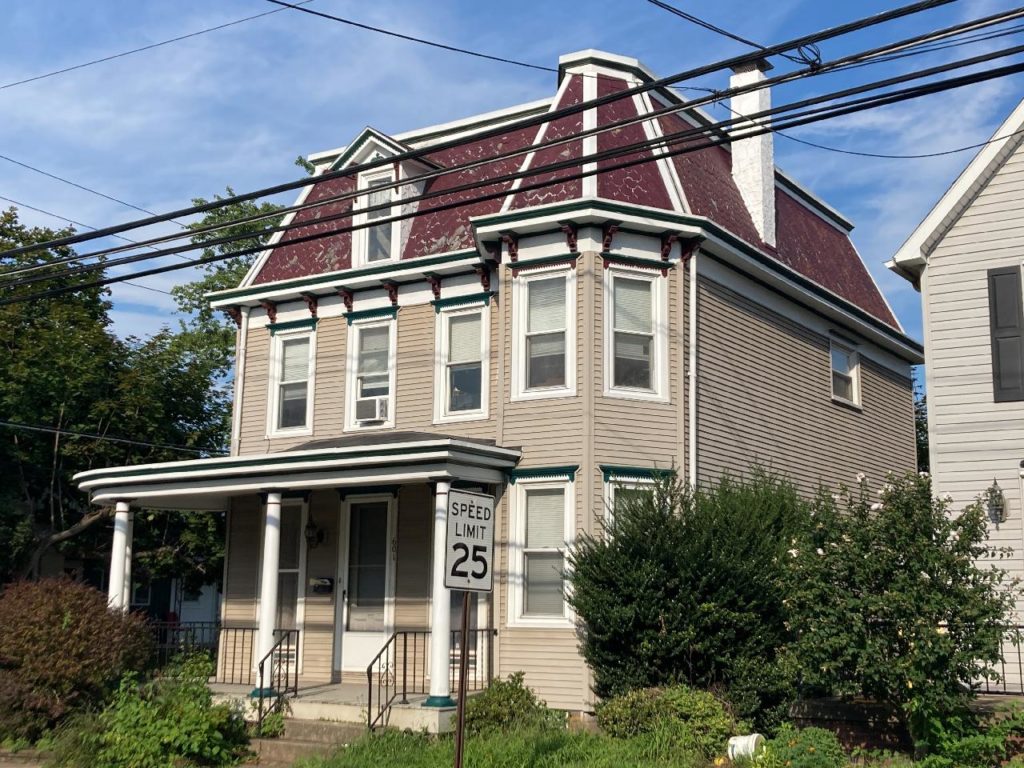
Snyder County
Selinsgrove Speedway on PA-35 in Penn Township was constructed in 1946 and is nicknamed “The Fastest Half-Mile on the East Coast.”
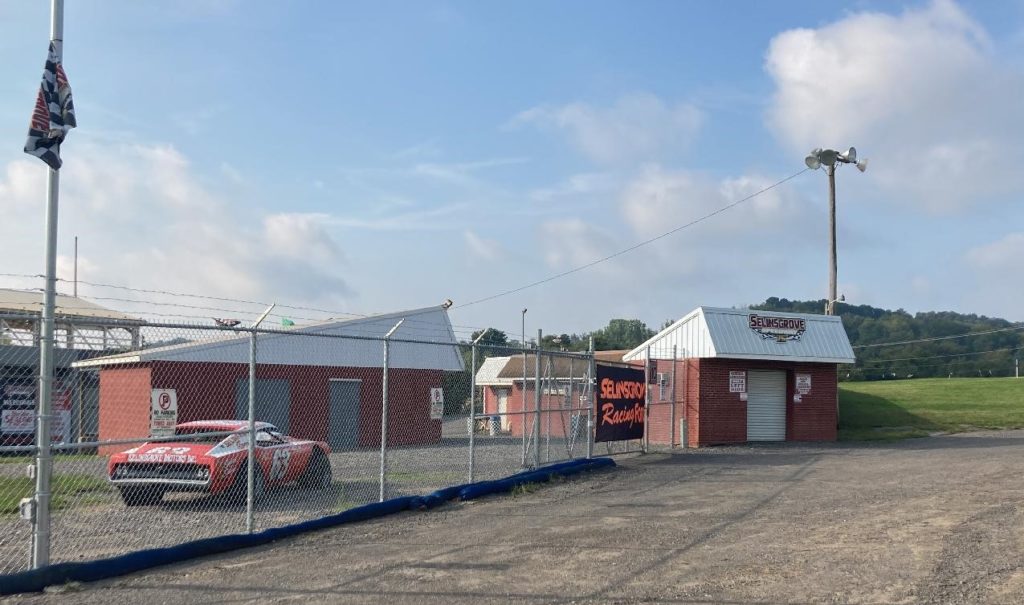
Elk County
Three properties were recommended by local stakeholders in Johnsonburg Borough. The Armstrong Brick Block Building is an intact example of ca. 1890 urban rowhouse architecture. The Johnsonburg Community Center was constructed in 1919. The Zierden Building, an Italianate commercial block, was constructed in 1892.
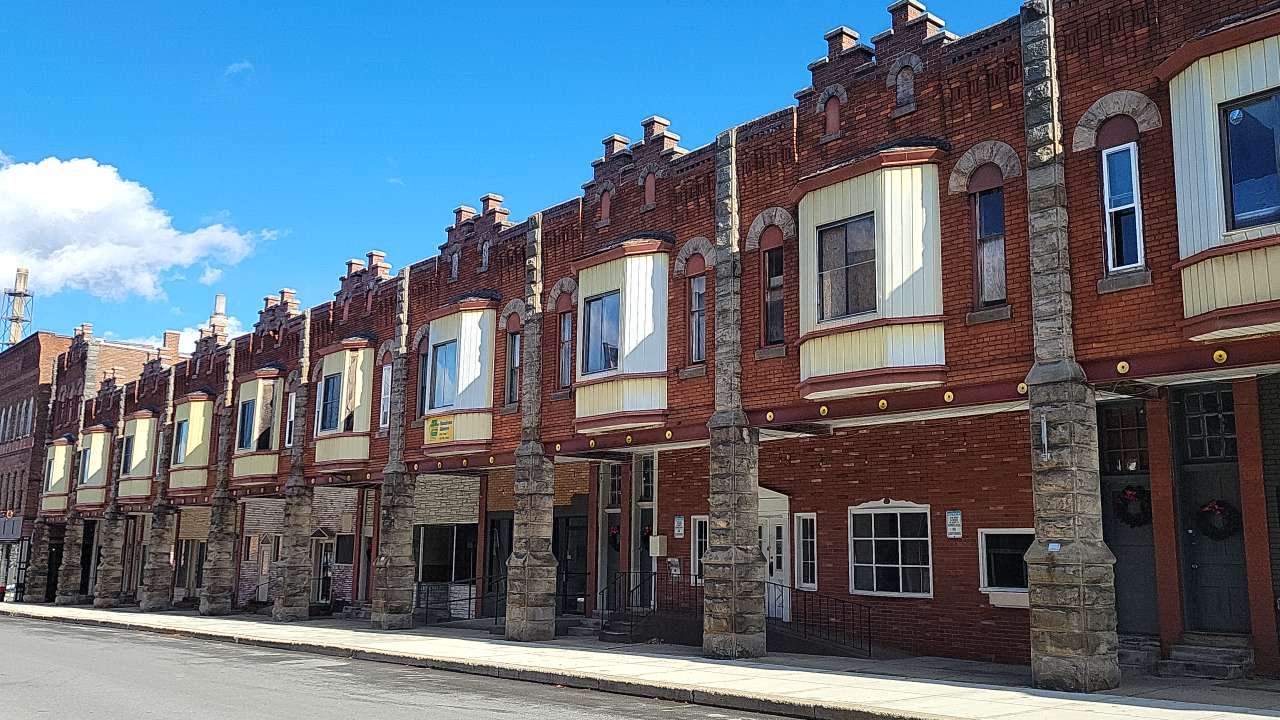
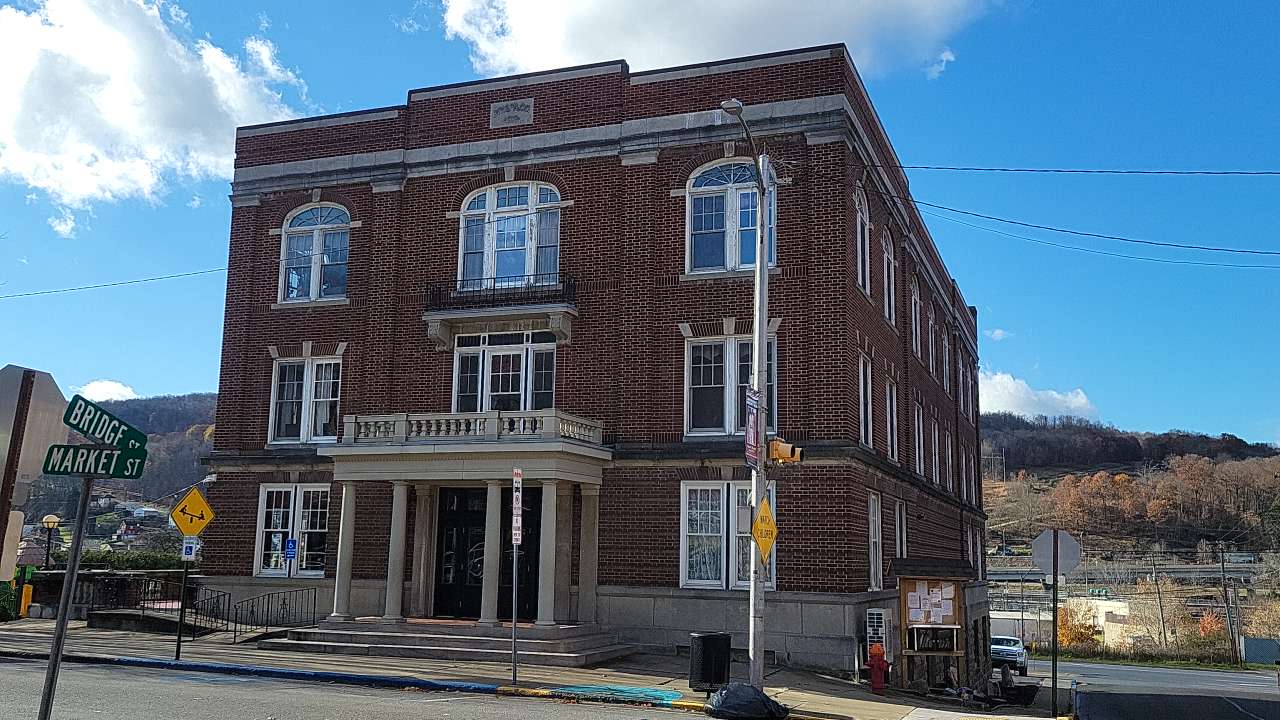
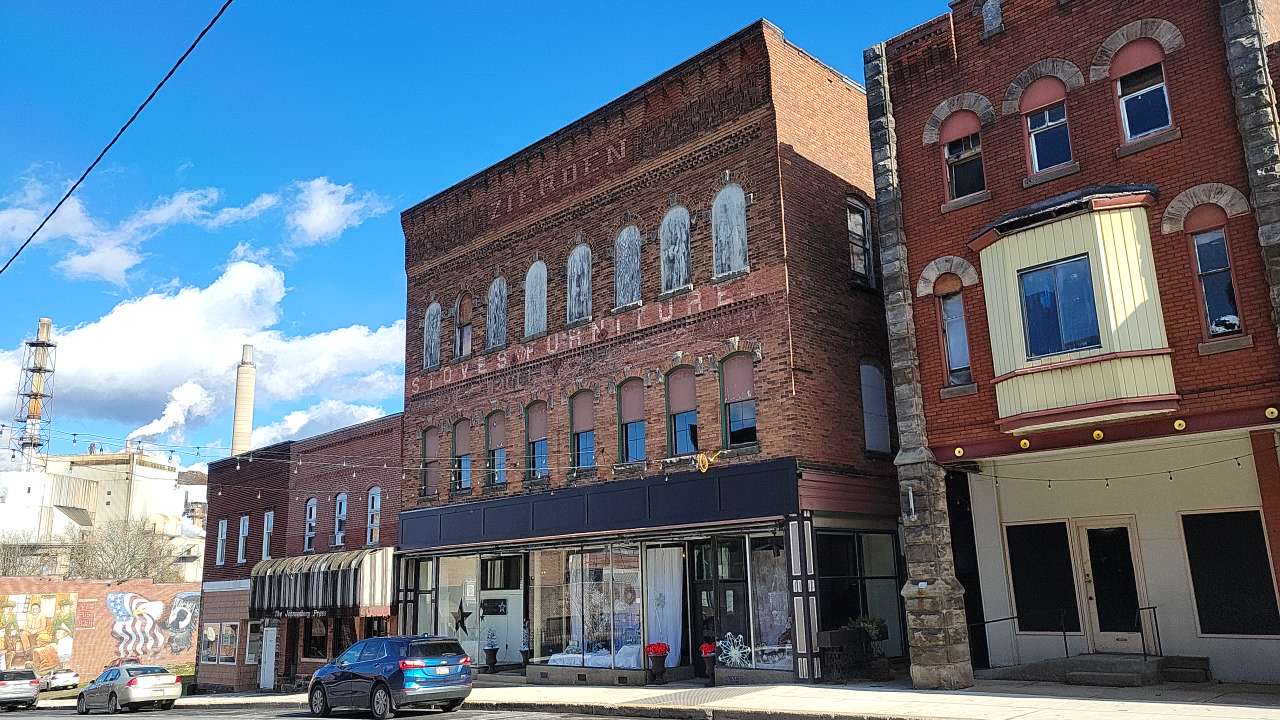
Up Next
The Year Two Pennsylvania Baseline Survey contracts are currently underway, and architectural historians and archaeologists are completing fieldwork in 18 counties across Pennsylvania. Later this year we’ll have more posts about those results.
For Years Two and Three, another Group 1 priority has been added to those identified for Year One: surficial archaeological evidence. Surficial archaeological evidence is the indication of one or more former structures or activity areas that are visible on the surface, such as foundations, middens, other features or altered terrain, that are 50 years old or older.
The Year Three contracts will be kicking off later this year. As we begin Year Three of this effort, we want to hear from local stakeholders and others about places in their communities using this link. The Year Three counties are:
- Berks
- Bucks
- Butler
- Carbon
- Crawford
- Delaware
- Fayette
- Greene
- Lawrence
- Lehigh
- McKean
- Montgomery
- Northampton
- Venango
- Warren
- Washington
- Westmoreland
If you live in one of these counties, or are knowledgeable about older and historic places there, please share your suggestions with us!
Today’s Guest Author is Carolyn Gimbal, an architectural historian with Johnson, Mimiran & Thompson, Inc.
Comment Policy
PHMC welcomes and encourages topic-related comments on this blog. PHMC reserves the right to remove comments that in PHMC’s discretion do not follow participation guidelines.
Commenters and Comments shall be related to the blog post topic and respectful of others who use this site.
Commenters and Comments shall not: use language that is offensive, inflammatory or provocative (this includes, but is not limited to, using profanity, obscene, or vulgar comments); disparage other commenters or people; condone illegal activity; identify the location of known or suspected archeological sites; post personal information in comments such as addresses, phone numbers, e-mail addresses or other contact details, which may relate to you or other individuals; impersonate or falsely claim to represent a person or an organization; make any commercial endorsement or promotion of any product, service or publication.
If you would like to comment on other topics not related to this blog post but related to PHMC, please fill out the PHMC Contact Us Form.

The rational for the selection of under-represented counties is appreciated, however to exclude Beaver County may have been an unfortunate mistake. I believe because of the heavy weighting of sites such as the state-owned landmark Old Economy Village and the surrounding privately-held properties in the historic district, The Ambridge Commercial Historic District, and the entire borough of Beaver, may be giving more credit for identifying under-represented groups and un-discovered properties for this county than should be.
Beaver County constantly witnesses the demolition of potential historic properties under the authority of blight removal with Community Development block grants without even a rudimentary examination of their historicity. Some in Beaver County recognize this with the renewed commitment of the Beaver County Historical Research and Landmarks Foundation to adopt a county-wide historic preservation mission.
I call upon the PHMC to meet with the BCHRLF as they have stepped up to your challenge to Build Better Communities by the Preservation of Place in Pennsylvania, to be that local partner, and leader and facilitator for the preservation of all Beaver County landmarks, historic structures and places.
Thank you for your comment, Mr. Lapic, and for your interest in Baseline Survey. This initial three-year survey effort is intended to help PA SHPO capture basic, or baseline, data for vast areas of the commonwealth which have little or no historic property documentation. Beaver County is fortunate to have had several communities recently surveyed as part of the Deindustrialized Communities Market Study. Thank you for your active participation and thoughtful comments during that study’s development. We intend to work toward implementation of the market study which will likely include additional documentation of Beaver County’s historic assets. PA SHPO invites you to continue participating in those efforts and to reach out to our Western PA Community Preservation Coordinator, Bill Callahan, to help us plan for future survey.
Very nice description of the goals of this important project! Excited to get year 3 results! Those are some great pictures also.
Cheers,
Justin
Why is the entire northwest section of Pennsylvania excluded? Erie itself has many historic areas. The underground railroad ran through Erie. General Electric was here for many years. There are many other things but I’m oldish and the Cleveland Browns are playing and I simply can’t concentrate.
Hi Sandra – the Baseline Survey work was focused on those counties where previous survey efforts did not comprehensively document historic properties. PA SHPO identified 52 of PA’s 67 counties that did not have recent comprehensive survey work.
You’ll find the Spring Creek slalom kayak course doesn’t have permits to hang those gates across the navigable Spring Creek. They are illegal.